Author of Paddling Britain, Lizzie Carr, picks her favourite paddling routes along Britain’s waterways.
Lancaster Canal, Lancashire
Built early in the 19th century, the Lancaster Canal rapidly flourished as a waterway for transporting coal and limestone through northwest England. The canal spent its first 190 years in isolation from the rest of England’s network of artificial waterways until it was finally hooked up in 2002, when Stainton, a few miles south of Kendal, became connected with Preston.
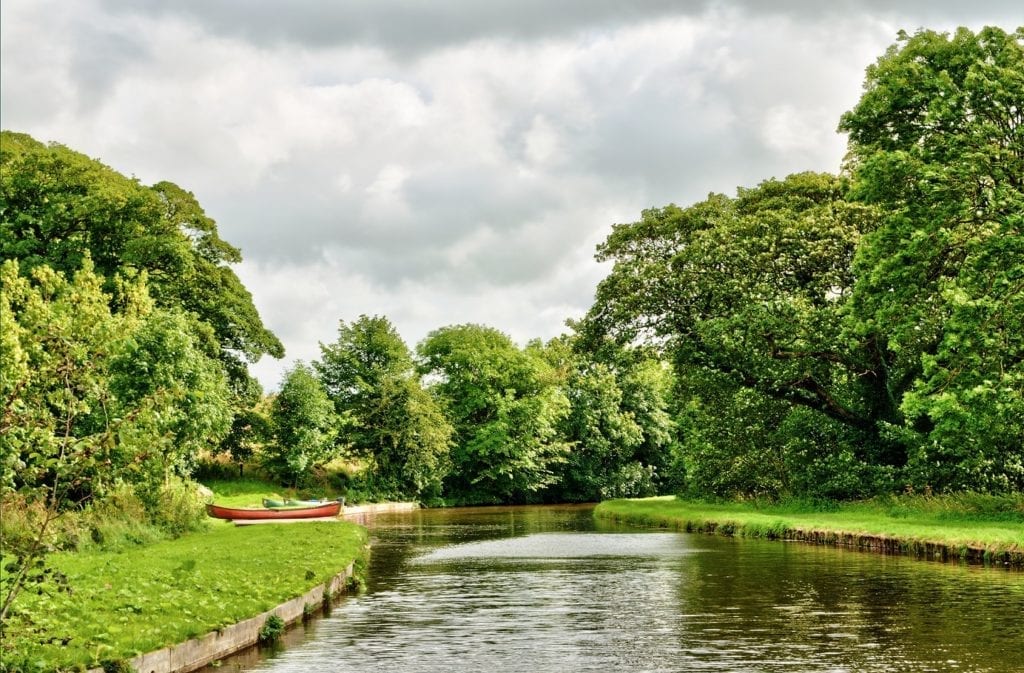
Competition from adjacent landscapes – the Silverdale coast, Morecambe Bay, the Forest of Bowland and the Wyre – means that the Lancaster Canal is often all-but-forgotten, and certainly overlooked. For avid paddlers, however, this is no great loss. To the contrary, indeed, for it means that even on the busiest stretches, on the most glorious of days, and in high summer, there is no waterborne traffic.
This leaves the paddler free to be awed by a full 360° of rustic British countryside – grazing pastures and expansive fields – in absolute peace. Beyond admiring the landscapes, the real clincher for paddlers is that this waterway boasts 66km (41 miles) of lock-free cruising! This is the longest ‘clear’ run of any English canal – an accolade that holds great appeal for the many of us who crave smooth, faff-free paddling. Even better, you won’t encounter a single boat.
Leeds and Liverpool Canal, Yorkshire
Not for nothing is Skipton known as the ‘Gateway to the Dales’. This lively market town provides a fantastic starting point for adventures in this beautiful part of God’s Own County, Yorkshire. Saltaire is absolutely worth a visit in its own right. The 19th-century village takes the name of Sir Titus Salt, an industrialist and philanthropist who constructed the settlement to provide homes for workers at his world-leading textile business, housed in Salt’s Mill.
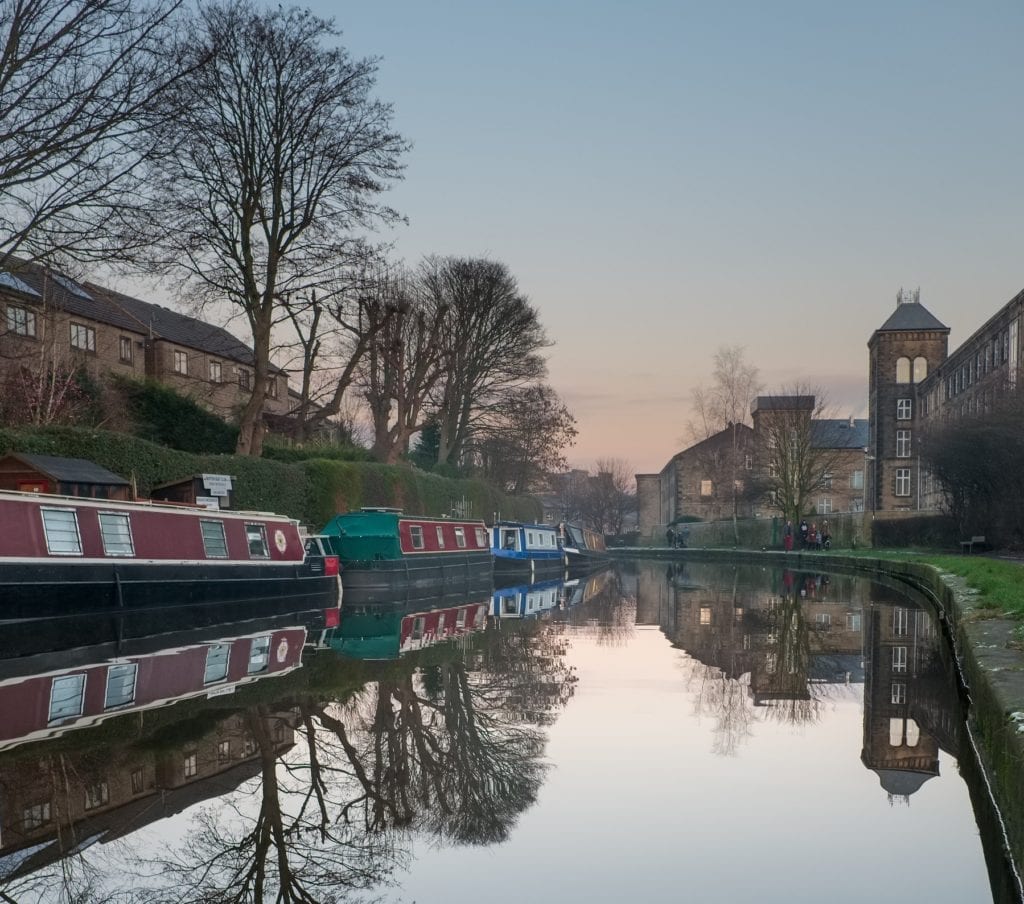
Sitting proudly on the banks of the River Aire, Saltaire is now a World Heritage Site. The mill has been developed to include an art gallery that showcases the world’s largest collection of work by artist David Hockney as well as housing several eateries. What finer way to visit both Skipton and Saltaire than to paddle between the two along the Leeds–Liverpool Canal as it passes through tranquil woodland, productive farmland, local villages and – most remarkably of all – Britain’s steepest flight of locks.
River Dart, Devon
If you were asked to describe the quintessential English river, what you would come up with probably would look pretty much like the River Dart. Grand homes are secreted among rolling hills. Open pastures cosset boathouses while sailing boats young and old are sprinkled across the water. An impressive diversity of wildlife calls this perfect waterway home. And we haven’t broached the Dart’s thousand years of history – or supped a pint of local ale. Paddling doesn’t get much better.
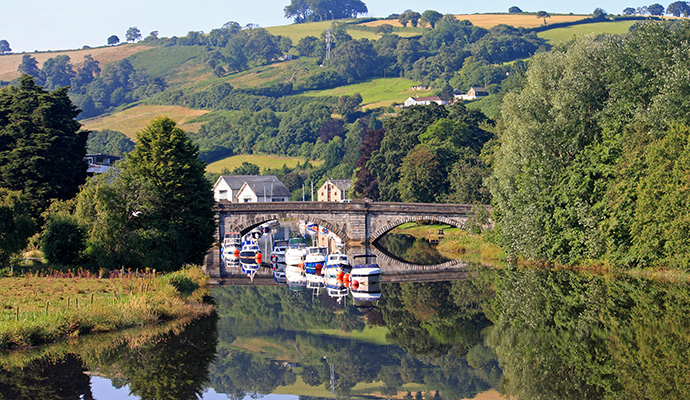
The name ‘Dart’ seems to be derived from a Celtic word meaning ‘where oak trees grow’. And flourish here they do, mature trees voluptuously cosseting the river along its lower course. The River Dart rises on the uplands of Dartmoor and becomes tidal by the time it reaches Totnes, a quirky town with a 17th-century weir. Set in the Dart Valley, revelling in alternative cultures and watched over by one of Britain’s best-preserved motte-and-bailey castles, Totnes must be among one of the coolest places in England to start a paddle.
River Cam, Cambridge
As well as its university, Cambridge is famous for its punting on the River Cam, which flows through the city before eventually feeding the Great Ouse. Nevertheless, there’s plenty of space for paddling of a different kind. So why not mix things up a bit? And if you like to be rewarded with inspiring architecture and history on your travels, this journey is one for you.
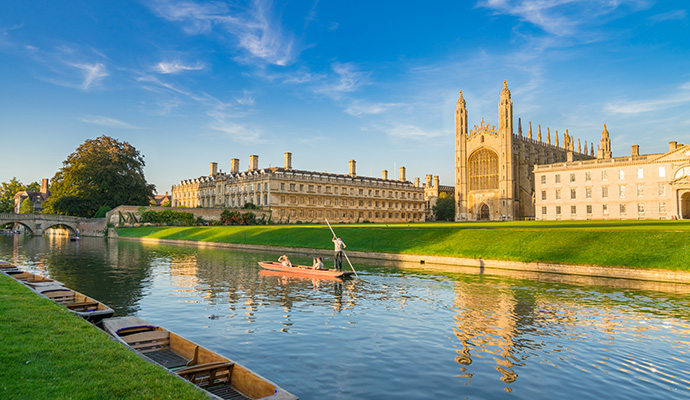
This gentle adventure takes you south past the dramatic Cambridge colleges, where you’ll weave between the many punters. Rather than resent the incursion on your motion, relish the hustle and bustle for its opportunities to watch people and admire architecture (particularly the marvellous Bridge of Sighs) before getting back to business.
River Thames, London
Along its course of 345km (215 miles), the River Thames meanders through some of England’s most historically, culturally and architecturally significant sites, and has been a crucial trade thoroughfare throughout British history. What is now a multi-cultural metropolis was first and foremost a port, developed as such by the Romans who settled on a site named Londinium – right beside the River Thames. Later the Saxons, the Normans and the Tudors all benefited Londonium’s status as a centre for trading and shipbuilding.
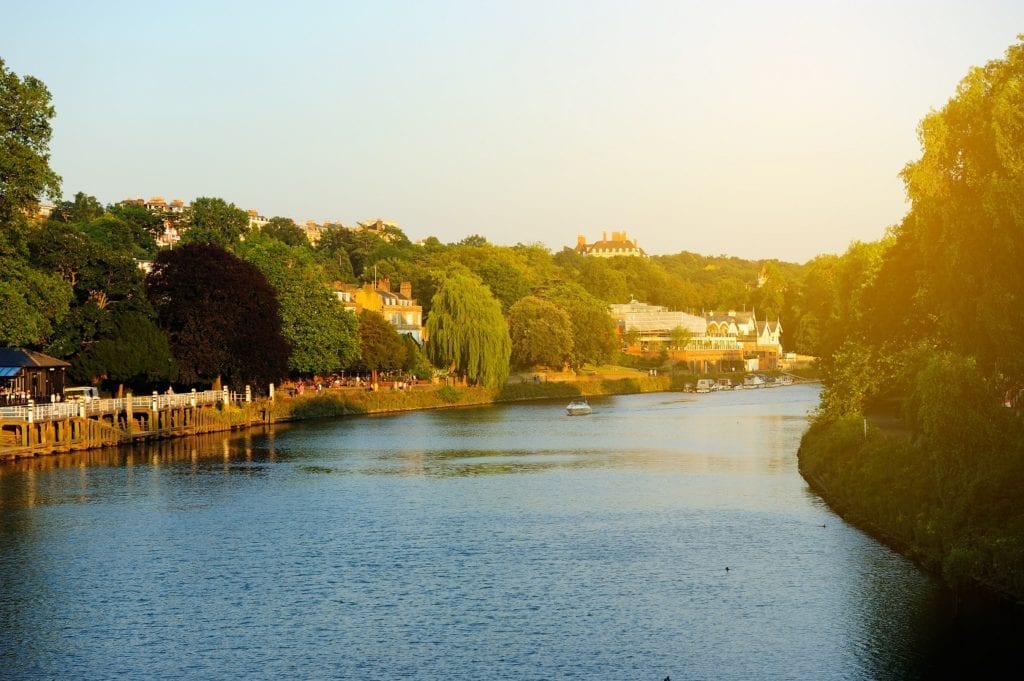
The most favoured route has to be the stretch between Kingston and Richmond, upstream from the city. This brings a wealth of interesting, significant landmarks and scenery. Moreover, the route is far enough from the chaos of the city to enable you to feel that you have escaped, yet close enough to make it easily accessible for those coming from (or via) the capital.
More information
Discover more river paddling routes in Lizzie’s guide: